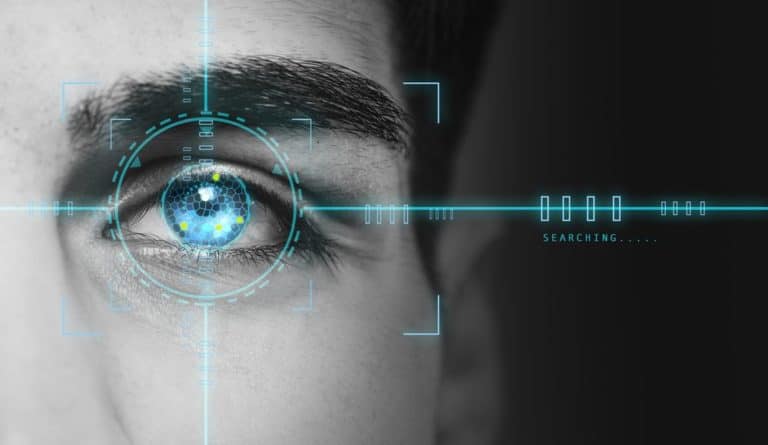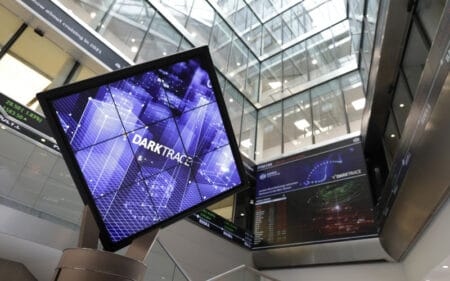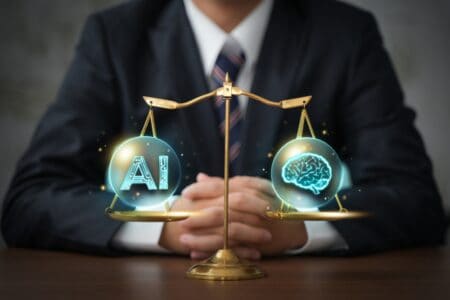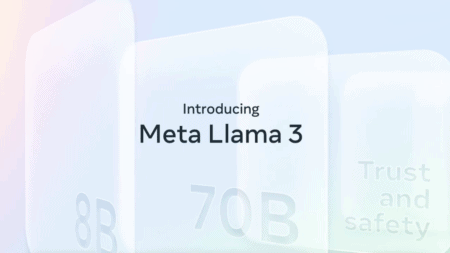According to new research, airports are eager to introduce biometric technology. For example, some biometric technology should be used to identify passengers at self-service kiosks. Another technique being looked at is the application of artificial intelligence for business analysis.
That’s what IT supplier SITA reports. According to the supplier, biometric techniques are a priority; for airports and airlines, the main emphasis would be on securing the travel industry as well as possible. No less than 77 percent of the world’s airports and 71 percent of the airlines invest heavily in it.
Travel safely
SITA CEO Barbara Dalibard states in an interview that safe travel is a priority within the air transport industry. For this reason, it is encouraging to see that both airlines and airports are investing in biometric technology to develop a safe, paperless way to identify passengers during multiple steps of their journey.
The most popular implementation of biometric technology at airports is the identification of passengers in self-service kiosks. According to SITA, 41% of the airports have already implemented a system that makes this possible. Three quarters of the airports are planning to roll out solar technology by 2021 at the latest.
Another area that airlines and airports explore is the system by which people check in and enter their aircraft. Passengers should be able to check in at the gate themselves. Over the next three years, 59 percent of the airports and 63 percent of the airlines expect to have rolled out solar technology.
Artificial intelligence
It is striking that artificial intelligence also seems to be applied more and more widely. 85 percent of the airlines and 79 percent of the airports plan to use the technology for business analysis and customer service purposes. This commitment should be in place within the next three years.
At the same time, the integration of artificial intelligence still poses certain challenges for airlines and airports. The various laws and regulations can be challenging, concludes Dalibard.
This news article was automatically translated from Dutch to give Techzine.eu a head start. All news articles after September 1, 2019 are written in native English and NOT translated. All our background stories are written in native English as well. For more information read our launch article.

















